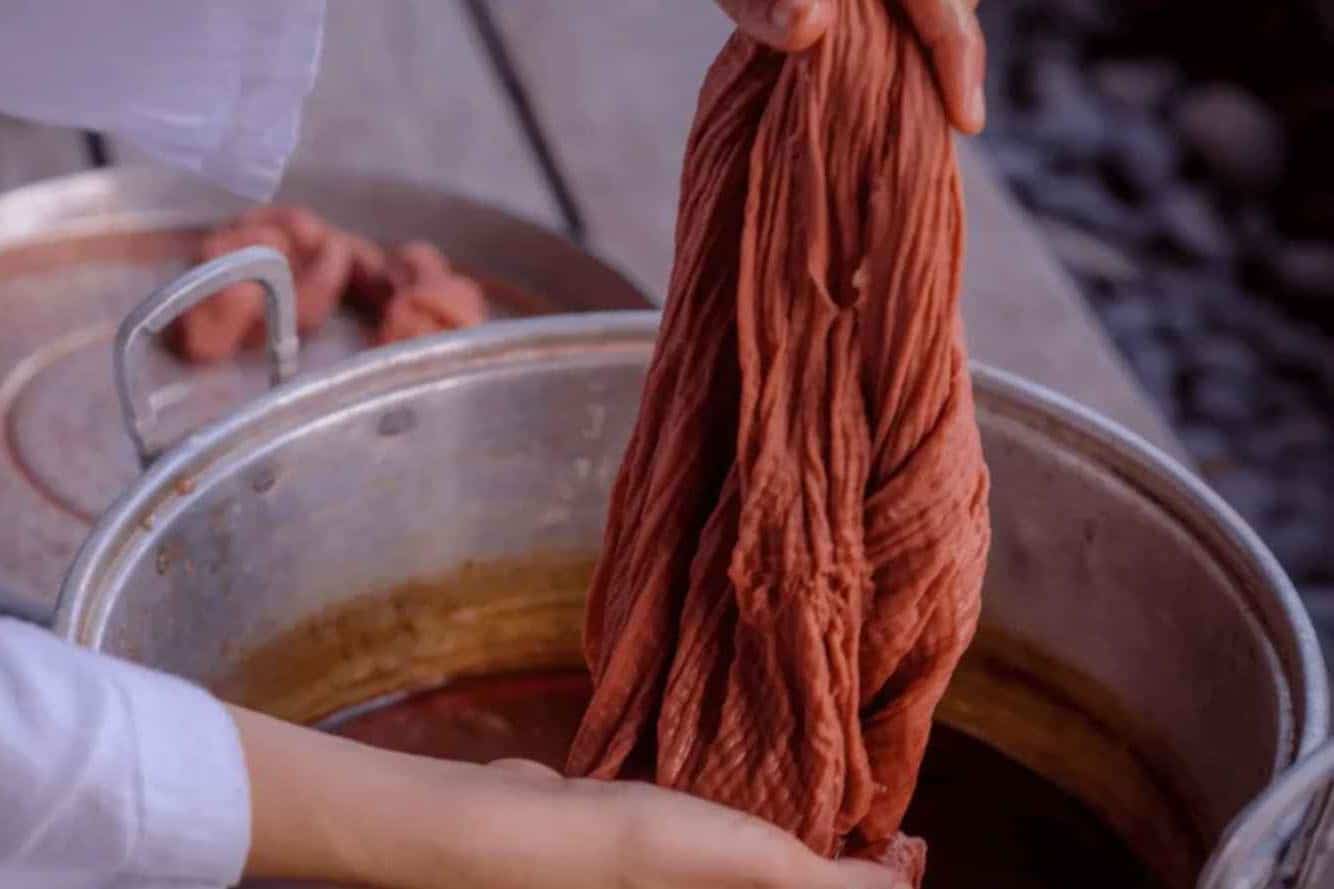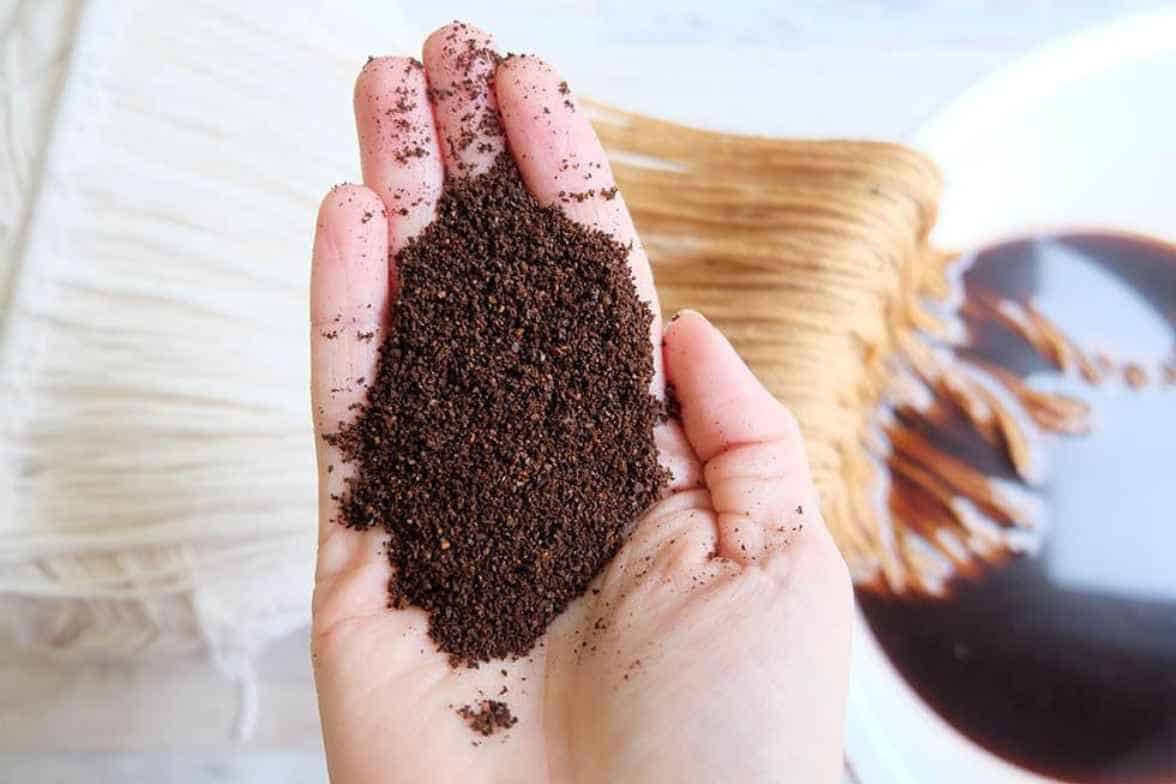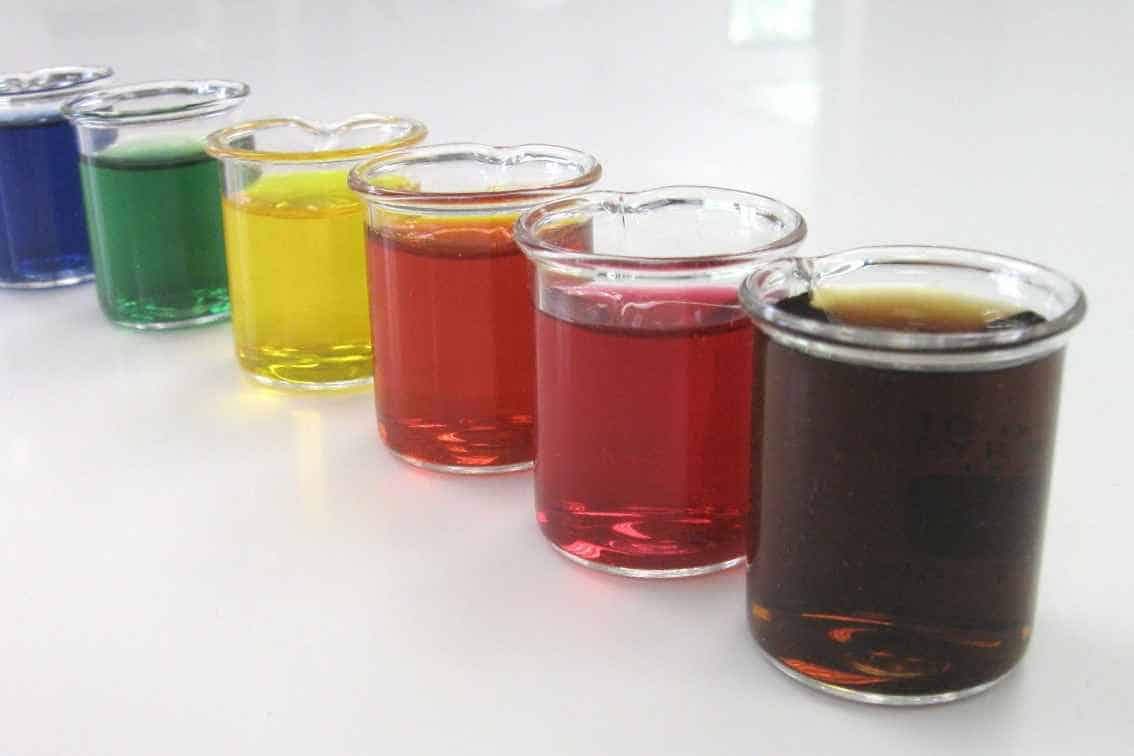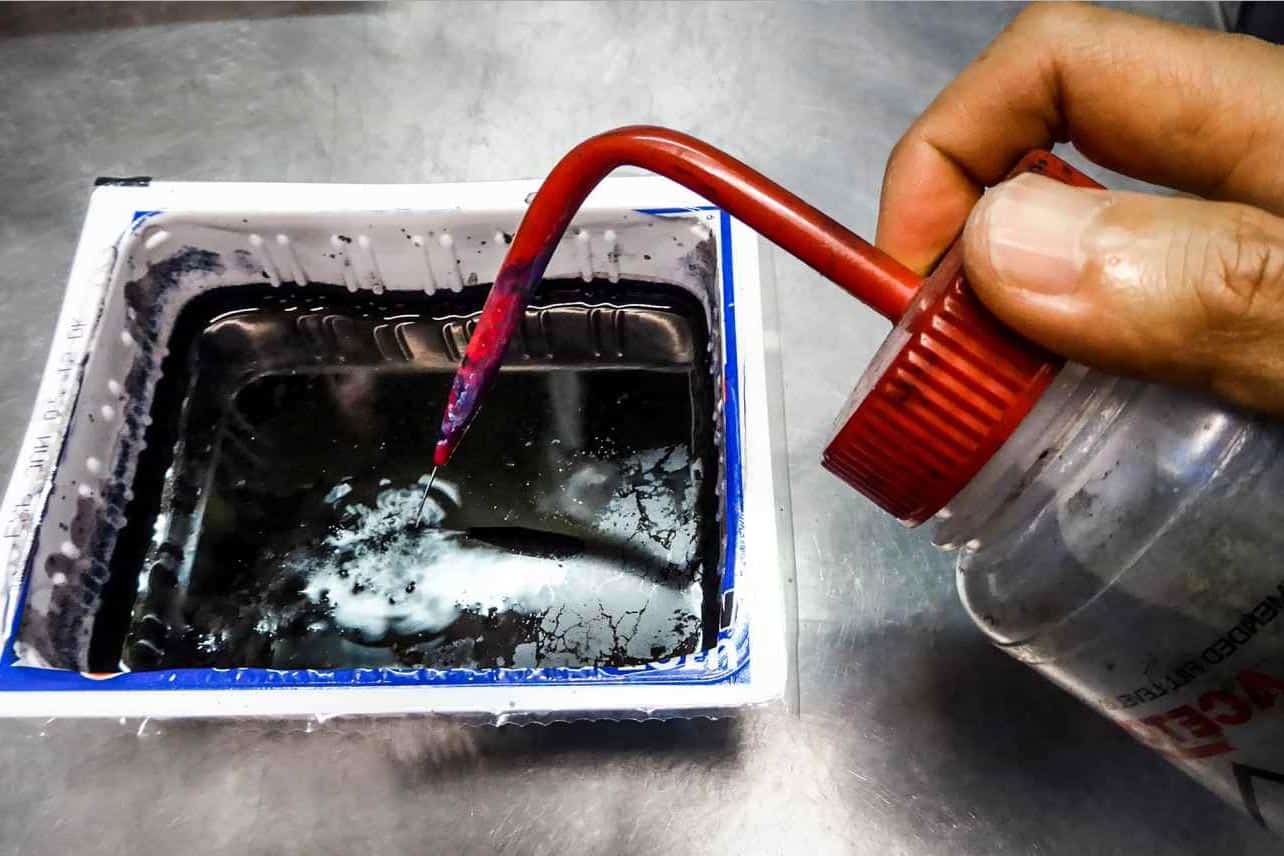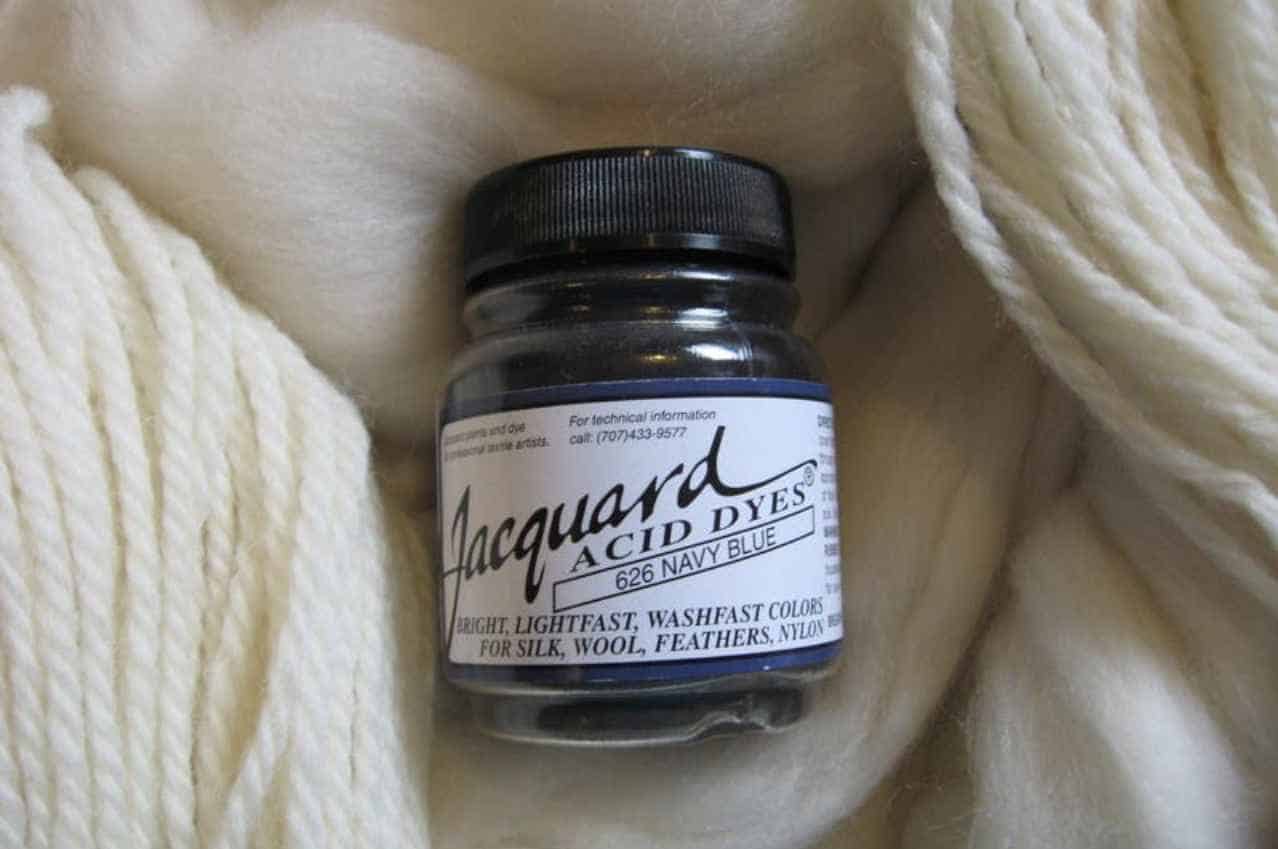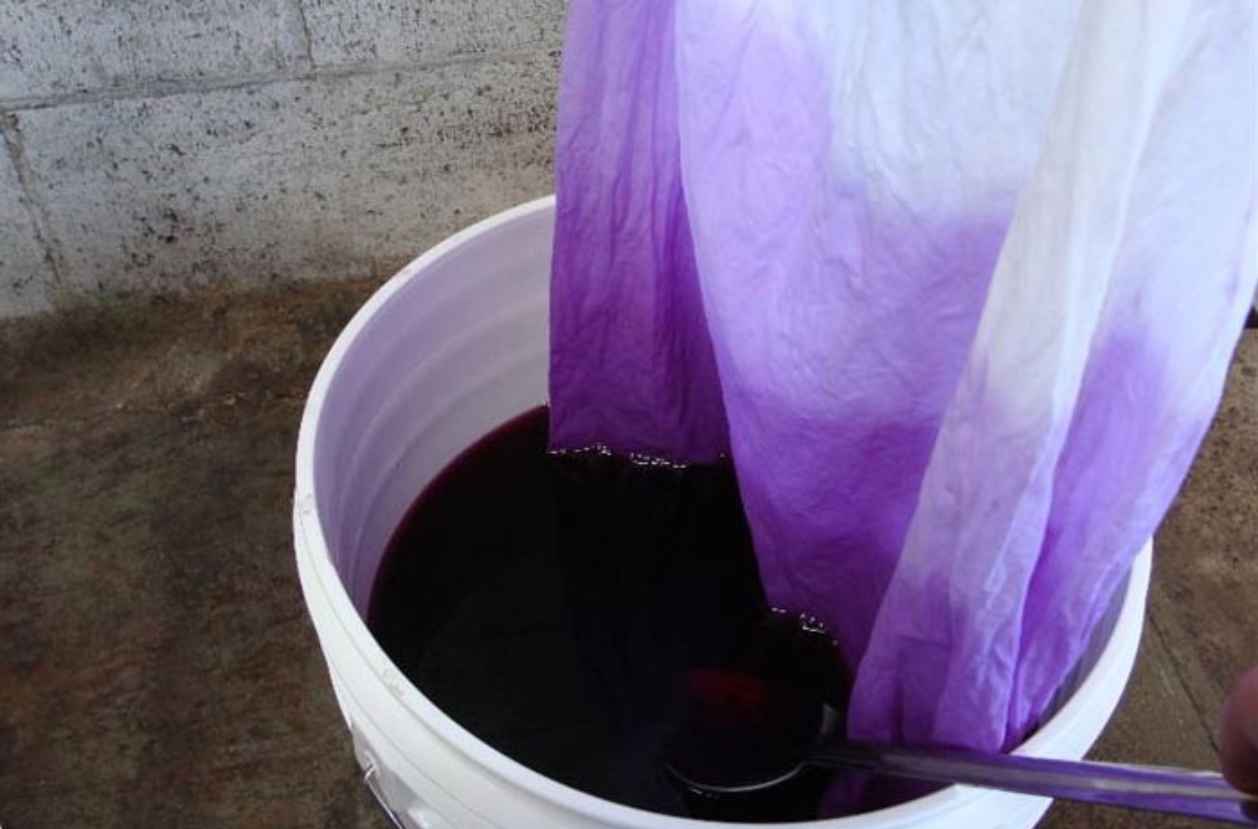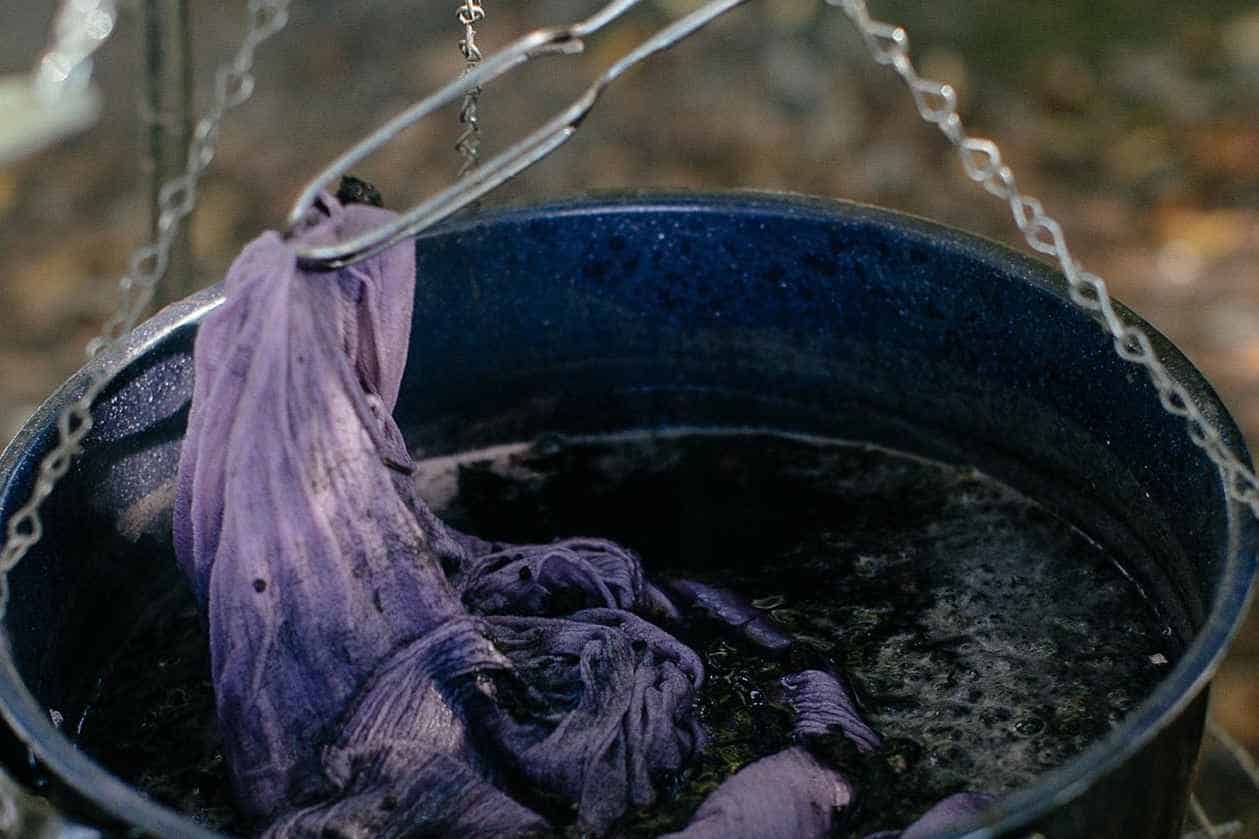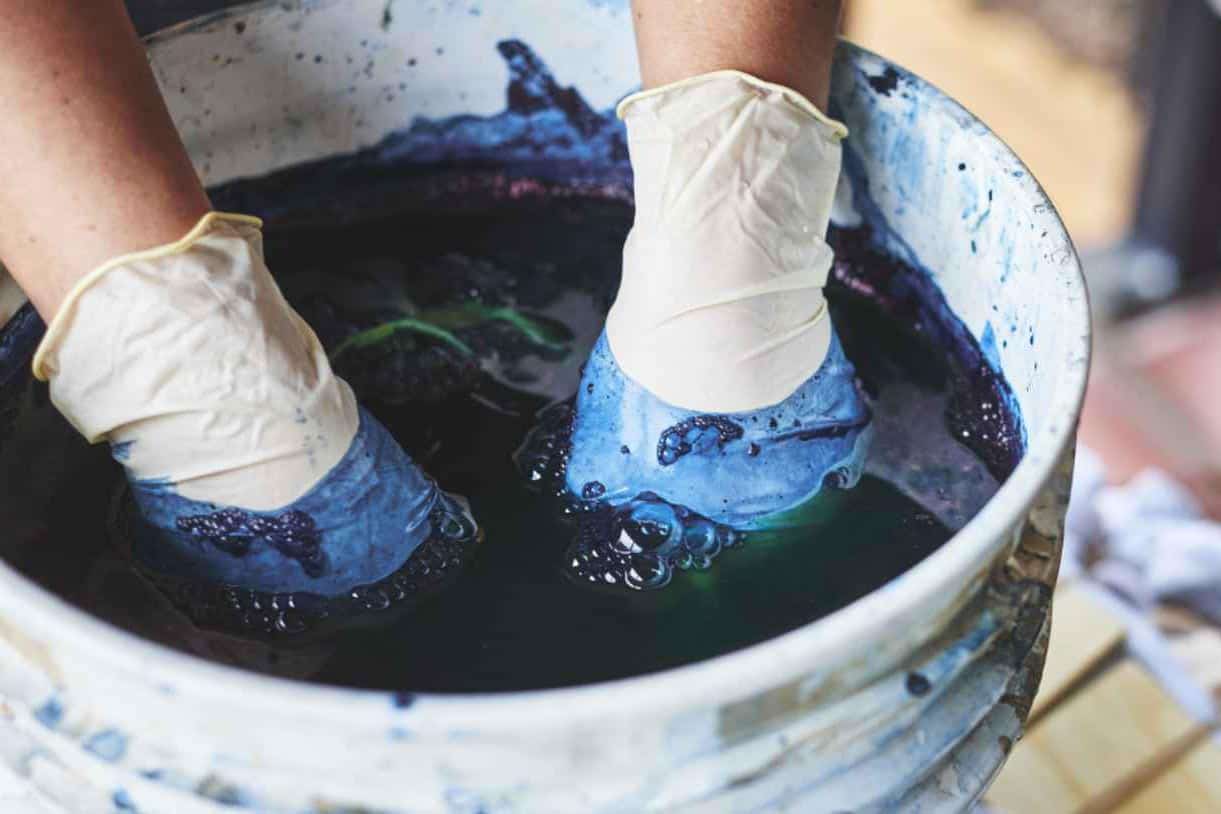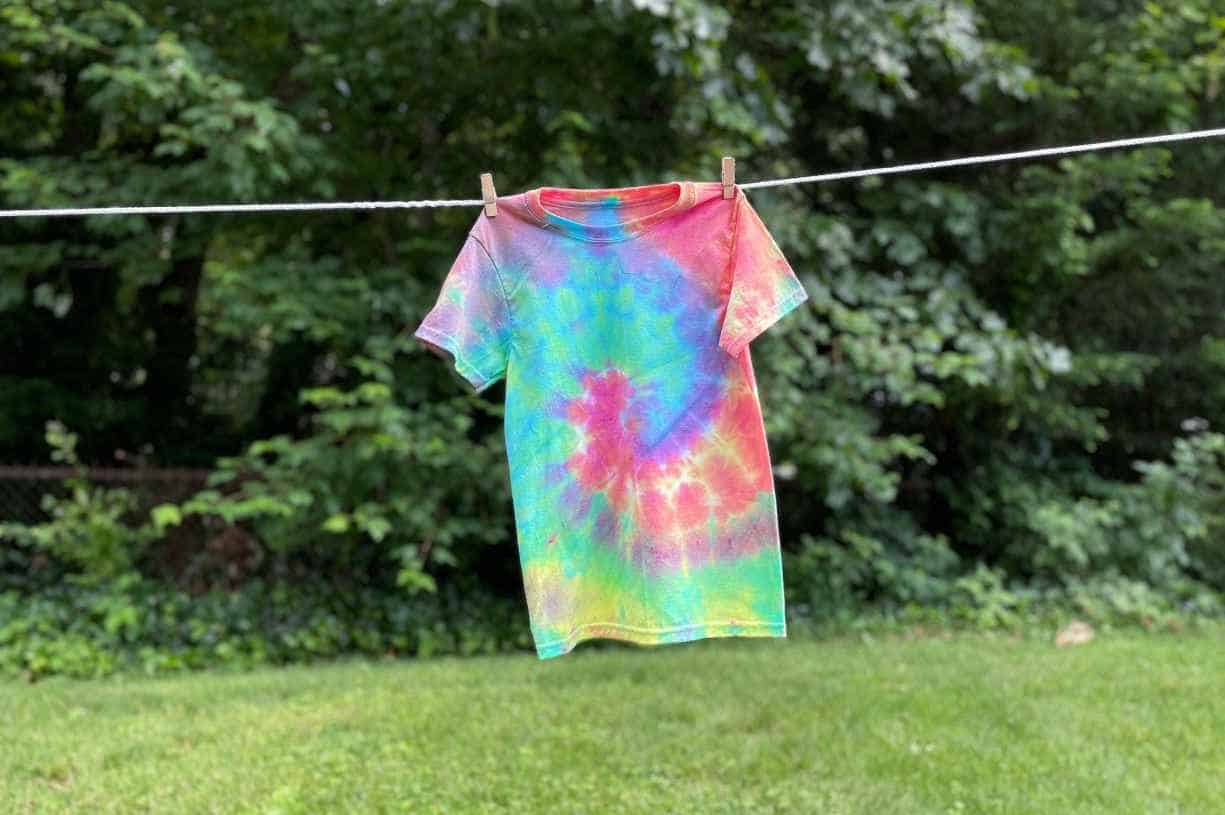If you are looking for a sign if you should dye your favorite old sweater, here it is! This blog will help you learn how to dye a sweater using five effective methods. This will also contain tips and tricks on how to dye successfully and care for your newly dyed sweater.
3 Dyeing Techniques
Before we proceed to the different dyeing methods, it is crucial for you to first understand the dyeing techniques. These will make the dyeing process much more efficient by targeting which technique you may use for your desired design.
The first one is the most basic dyeing technique. Immersion dyeing is completely submerging your fabric into the dye mixture. You must allow ample time (probably overnight) to let the mixture seep into the fabric.
Commonly, the immersion technique is used when you want a single color for your whole fabric, or you need to have a base color first. Here is a video on how to do immersion dyeing:
Dip dyeing, on the other hand, is another technique where you will only dip the fabric into the dye mixture. This is a rapid and simple procedure that doesn’t need overnight soaking. You can use this technique if you want your fabric to:
- Have a lighter hue
- Leave some parts undyed
- Have an ombre effect
Watch the below video about dip-dyeing. Suppose you’ve watched the first two clips we provided. In that case, you will notice that what makes dip-dyeing and immersion dyeing different is the fabrics’ time of exposure to the dye mixture.
The last technique is tie-dyeing, the most complicated yet creative way to dye fabric. Tie-dyeing requires manipulating areas of the material to create a particular design. Manipulation may include twisting, folding, pleating, and tying using rubber bands.
Tie-dyeing gives a very satisfying result; here’s a sample clip for tie-dyeing:
Natural Dyeing Method
Natural dyeing is the oldest method, using colorants derived from natural sources like plants, food, minerals, animals, etc. This method is significantly effective for natural textile fibers such as cotton, linen, and silk. As per the colorant, it is ideal to use tannin-rich sources.
Materials needed
- Coffee granules (you can use your preferred natural dye, this one is just for example)
- Sweater
- Dye pot
- Spoon or stick
- Water
- Milk bags
Steps for dyeing a sweater naturally
- Ensure the sweater is thoroughly clean.
- Soak the sweater in water to make it soft (this is very applicable to old sweaters).
- Put coffee granules in the milk bag to prevent the coffee particles from floating.
- To extract the color of the coffee, put the milk bag in the dye pot and add water. Simmer the coffee in low heat until the water turns dark (this could last for a couple of hours).
- Wring the sweater and prepare it if you want to make some patterns.
- Immerse the sweater in the dye pot for at least an hour. Keep stirring it to ensure all areas are submerged.
- Remove the sweater from the dye pot and let the color saturate.
- After a while, wash the sweater in clean water. Let it dry, and iron it.
Food Coloring Dyeing Method
Using food coloring is also another effective and affordable method of dyeing sweaters. Too many colors are available, and it also applies to different dyeing techniques. However, choose natural fibers when using food coloring because synthetic ones aren’t good at absorption.
Materials needed
- Sweater
- Food coloring (pick a color of your choice)
- Dye pot or a big bowl
- Vinegar
- Cold and warm water
- Resealable bag
- Spoon or stick
- Excess rags or towels (to cover the working area)
Steps for dyeing a sweater using food coloring
- Make a vinegar mixture by mixing a 1:1 ratio of water and vinegar. Soak the sweater in this mixture for an hour and wring it afterward.
- Make the dye mixture using warm water and 10 to 15 drops of food coloring. You will need a separate bowl for each color you will use.
- Immerse the wet sweater into the dye mixture. Soaking the sweater for a long time is ideal, but 10-30 minutes will be enough for absorption. Use the stick or spoon to fully submerge the sweater.
- After soaking, remove the sweater from the mixture. Wash it in clean water to ensure the excess food coloring will be removed.
- Put the sweater in a resealable bag for 8 hours.
- Air dry the sweater. You can iron it as well to get rid of wrinkles.
Paint Dyeing Method
Fabric or textile paint is another dye that adds color to your worn-out and faded sweater. Between acrylic paint and fabric paint, the latter is much more ideal to use in dyeing sweaters and other garments. However, some people still use acrylic paint.
Materials needed
- Textile paints or acrylic paints
- Sweater
- Bowl or tray
- Gloves
- Water
Steps for dyeing a sweater using paint
- Damp the sweater with clean water for better absorption of paint. Ensure that there is no dirt as well.
- Add water to the tray. The right amount of water is needed, not too much nor too little, to prevent diluting the paint.
- Continue by adding the textile paint to the water. You can adjust the color to the one you prefer. Afterward, mix it properly to avoid clots.
- Immerse the sweater in the mixture and leave it for 30 minutes to an hour.
- Wring the sweater as dry as possible. Do not rinse it with clear water because the color will fade.
- Hang the sweater for about 24 to 48 hours to ensure the paint sticks. The sweater will be stiff or hardened, but it is okay.
- Wash the sweater to remove excess paint and make the fabric soft again.
- Dry the sweater.
Acid Dyeing Method for Wool Sweaters
Manufacturers make acid dyes specifically for wool and silk fabrics because they have low pH levels and react well with acid dyes, resulting in a vibrant and permanent color when used on wool sweaters.
Materials needed
- Acid dye
- Wool wash
- Vinegar
- Water
- Spoon
- Rubber gloves
- Cooking pot
- Dust mask
Steps for acid dyeing a wool sweater
- Wash the sweater thoroughly by inspecting every area for dirt and stains. Also, remove the excess or unwanted threads. For this step, use the wool wash and soak the sweater for half an hour.
- After cleaning the sweater, sink it in water with a cup of vinegar. Do this for about 20 minutes.
- Wear the dust mask and add the dye powder to a glass of hot water. Stir it to dissolve the powder.
- Pour enough water into the pot and add the dissolved acid dye. Simmer in low heat (around 85 degrees Celsius).
- Once you reach the preferred color, add the soaked sweater and let it sink for 5 to 10 minutes. Keep stirring gently and turn it over every minute. Turn off the heat.
- Leave the sweater on the pot for 30 minutes, and occasionally stir it to prevent uneven dye.
- After, let the sweater cool and rinse it using lukewarm water to remove leftover dyes.
- Rewash it using detergent soap or wool wash and dry it.
Ombre Design Dyeing Method
Ombre is a French term meaning shaded. Hence, this design features patterned and blended color shading. Usually, this design uses one dye, but the color intensity is different in each area of the fabric. This technique creates a beautiful result.
Materials needed
- Sweater
- Acid dye
- Dust mask & Gloves
- Food-grade citric acid
- Water
- 2 Plastic tub
- Small containers
- Spatula
- Cling wrap
- Medium-sized glass bowl
Steps for dyeing a sweater in an ombre design
- In a container, mix a solution of 1 tablespoon of food-grade citric acid and water. Soak the sweater in the mixture for about 30 minutes.
- In another tub, pour 2 inches of water and mix 1 teaspoon of acid dye. Stir it using the spatula, ensuring this step produces only the lightest color intensity.
- Immerse the sweater into the first dye mixture. Wring it once the sweater absorbed the color.
- Pour another dye into your mixture; the water should become darker.
- Soak the sweater, but leave an area for the light intensity this time. This area can be the top of the sweater or the lower part. Allow it to settle for a couple of minutes, then wring it.
- Repeat steps 4 and 5 until all the layers you want are done. About 3 more layers for a better ombre effect.
- After dyeing, wrap the sweater using cling wrap. Ensure the lighter colors will not touch the darker ones since the dye still needs to be fully set on the sweater. Once wrapped, place the sweater in a glass bowl.
- Heat the sweater using the microwave for about 5 to 10 minutes. The time frame may vary depending on the kind of fabric you have.
- After heating, air dry the sweater.
- Do the final wash to remove excess dye. Let it dry again and check for any issues like shrinkage.
Frequently Asked Questions
How long does it take to dye a sweater?
There are varied answers to this question because each person wants a different level of color intensity. Some people may want to immerse the sweater overnight for a darker hue, while others only take 20 to 30 minutes.
The design may also change the time frame for dyeing a sweater. Going for intricate designs like ombre and tie-dye, you might allot an hour or two.
Note that these are only for the actual dyeing of the sweater. The estimation does not include the time for mixing, washing, and drying.
What sweater fa bric is best to dye?
Fabrics that have natural fibers are ideal for dyeing. These react well in the dye hence better absorption. Some examples of natural fibers include silk, wool, linen, cotton, hemp, and cashmere.
Cotton is the best fiber to use. Meanwhile, despite being excellent absorbers, linen, silk, and wool may be prone to shrinkage. So, it is best to research your sweater fabric before starting the dyeing process.
Synthetic fibers are not good water absorbers, so using them for dyeing may not be a wise idea. Nevertheless, some cases, like Nylon, which absorbs better than other synthetics, may be excluded. Moreover, water-resistant fabrics should be avoided as these barely absorb the dye.
Tips and Tricks for Successful Sweater Dyeing
Testing colorfastness
Colorfastness may not be a familiar word for beginners in the dyeing industry. Colorfastness is the ability of a textile to retain a color without fading or bleeding on other fabrics. Testing colorfastness is an excellent tip to determine if the dyeing process succeeds.
Colorfastness may be tested in various ways; big fabric or laundry companies use these to ensure quality clothing. However, using this simple method will be fine if you are only testing a single sweater.
First, dampen an area in your sweater and leave it be for a few minutes. Then, rub a white cloth into the wet spot. If the white cloth obtained some color from the sweater, the fabric is not colorfast. It will need immediate remedy to prevent fading and staining.
Achieving even dye coverage
This trick is often neglected but is essential in successful dyeing. Even dye coverage may be done by soaking the sweater first in the water, as it will ensure absorption in all areas. Another trick is to religiously stir the sweater when in the dye bath.
Caring for Your Dyed Sweater
Washing and drying instructions
Here are the general instructions for washing and drying your newly dyed sweaters!
- Do not wash and dry the clothes right after dyeing. It is best to let the color set for 24 hours.
- To prepare the sweater, soak it in cold water with vinegar or baking soda for another 30 minutes.
- Use cold or lukewarm water when washing the sweater; gentle detergents are highly advisable.
- Prevent the use of a dryer; instead, let it dry naturally in the air.
Preventing color fading
In order to prevent color fading in newly dyed sweaters, soak them in a mixture of vinegar, water, and salt. The vinegar and salt will set the dye in the fabric, resulting in a brighter color. Additionally, vinegar will help remove leftover dyes in the material that could cause color bleeding.
So, when dyeing your sweater, especially the old ones, make sure to complete the soaking part with a mixture of vinegar, salt, and water. It will significantly affect the color of your fabric.
Conclusion
Indeed, learning how to dye a sweater is challenging because of the many factors you should consider. After all, the process doesn’t end alone in the dyeing process because aftercare should also be on the list of priorities.
Nevertheless, try your best to enjoy the process of dying and giving new life to your worn-out sweater!

Jessica Oliver is a fashion enthusiast with more than ten years of experience in the industry. She previously managed her own clothing store in New York before becoming a mother of three. With a passion for sustainability and a desire to share clothing care and recycling tips.

